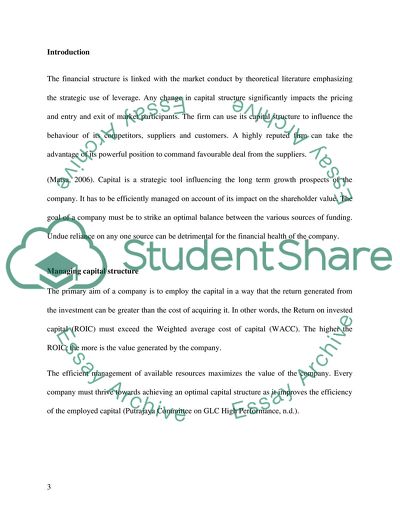Cite this document
(Capital Funding Structure Case Study Example | Topics and Well Written Essays - 2500 words, n.d.)
Capital Funding Structure Case Study Example | Topics and Well Written Essays - 2500 words. Retrieved from https://studentshare.org/finance-accounting/1729510-capital-funding-structure
Capital Funding Structure Case Study Example | Topics and Well Written Essays - 2500 words. Retrieved from https://studentshare.org/finance-accounting/1729510-capital-funding-structure
(Capital Funding Structure Case Study Example | Topics and Well Written Essays - 2500 Words)
Capital Funding Structure Case Study Example | Topics and Well Written Essays - 2500 Words. https://studentshare.org/finance-accounting/1729510-capital-funding-structure.
Capital Funding Structure Case Study Example | Topics and Well Written Essays - 2500 Words. https://studentshare.org/finance-accounting/1729510-capital-funding-structure.
“Capital Funding Structure Case Study Example | Topics and Well Written Essays - 2500 Words”, n.d. https://studentshare.org/finance-accounting/1729510-capital-funding-structure.


